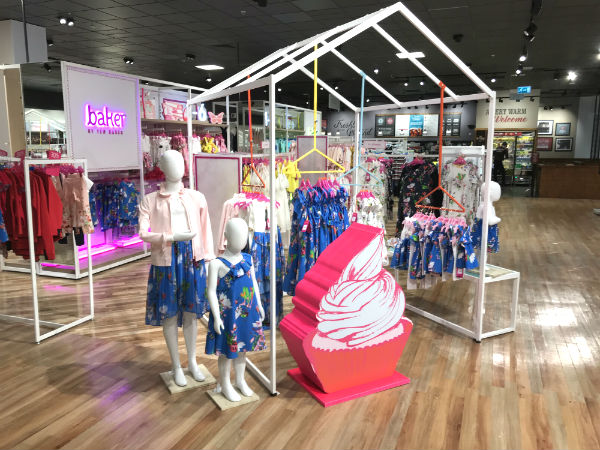62% of shoppers purchase items on impulse
Conclusions from the POPAI Grocery Study show that more shoppers are beginning to make “impulse buys” and unplanned purchases. Surprisingly, the study shows that 62% of shoppers purchase items on impulse during a shopping trip and that 16% of these impulse purchases have been linked to displays that were seen by the shopper while moving around the store.
Also, research conducted by POPAI (Point of Purchase Advertising International) shows that merchandise and POP displays play a critical role in driving in-store purchase decisions. This means that for brands to get more traction and boost their overall sales and revenue, they must design, manufacture and effectively deploy POS display solutions.
POP (point-of-purchase) display solutions have been proven to influence customers’ emotion and drive impulse purchase decisions. These solutions are an efficient and effective way to draw attention to your product(s) while helping to portray and communicate the brand’s mission, vision, and message.

One thing to note when designing and deploying POS display solutions is that the displays must be eye-catching and refreshing. If your customers are confronted with the same POS display week after week, its impact decreases, and it may begin to look boring. Using the same POS display unit for long periods of time will turn it into a standardised fixture that has little or no impact on customers.
It is essential that you re-dress displays and change graphics frequently to spice things up. You must continuously evolve and improve upon the design of your POS units to ensure maximum impact on your target audience. This is why you need expert advice and professional guidance when undertaking a POP display project.
A critical phase during the early stages of the project is the creation of the design brief. A comprehensive brief contains all your requirements and expectations and any essential information needed by the supplier to manufacture your POS display solution. The following are samples of information you need to forward to the supplier
- Delivery/Packaging preferences.
- Choice of permanent or temporary display solutions
- Budget amount available for the project
- All size, weight, height, safety and health restrictions that the supplier needs to be aware of
- Choice of updatable or non-updatable POS display units
- Will the POS display unit contain sample boxes or actual products?
- Total number of units needed
- Launch date/deadline
- Specific messages and graphics to be depicted on the unit
However, before you develop the design brief, it is essential that you map out and define the scope of the POS project. A detailed plan of the project involves the execution of the following steps
- Establish what you’re trying to achieve
- Build your project budget
- Consider the POS displays in relation to your retail space
- Establish the launch date for your campaign
- Select materials and determine quantities
- Consider logistics
- Calculate return on investment (ROI)
Download the full guide to get detailed information on how to properly execute each of these seven steps and the methodology to use in creating a comprehensive design brief.
For further information: Reference to the data. (Comment from the webmaster: Worth a read)
[fl_builder_insert_layout id=2177]